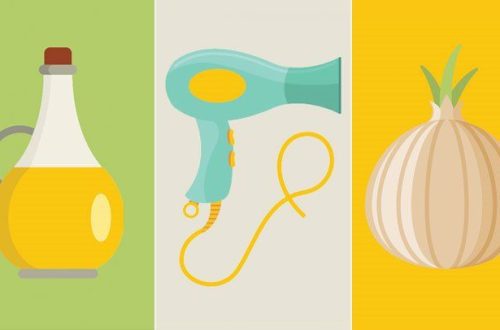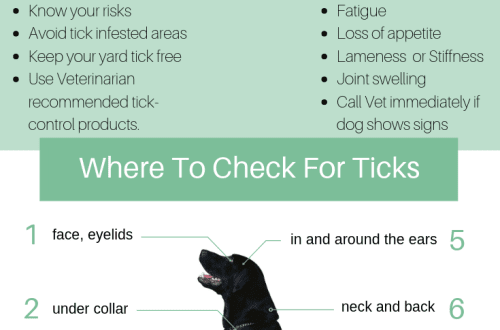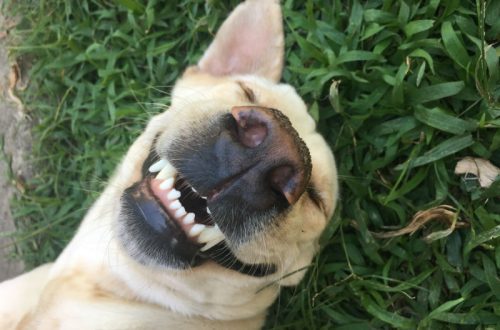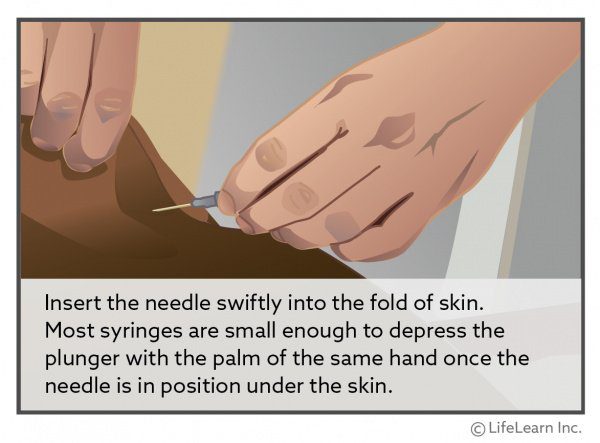
How to inject a dog

Contents
How to give an injection to a dog: the main thing
In home treatment, the main thing is to remain calm and focused, carefully read the recommendations on dosages of drugs and methods of their administration.
In order for the injection to pass without complications, we prepare preparations and syringes in advance, it is advisable to practice on a soft toy.
Intramuscular injections are carried out in the thigh, subcutaneously – in the withers or knee crease.
Pain after the injection is normal. It is not normal if it lasts more than an hour.
There is always a risk of post-injection complications. If there are seals / bumps at the injection site, you should consult a doctor.
Preparation for injection
Before proceeding with the injection, you must be clear about what you want to inject the dog and where to inject.
In the recommendations of the doctor, you can find such abbreviations:
i / m – it means that the dog needs to be injected intramuscularly, that is, in the thigh;
s / c – meaning subcutaneously, at the withers or knee crease.
Do not mix drugs in one syringe unless your doctor recommends doing so!
If the drugs have changed color and / or precipitated and this is not indicated in the instructions, you should not use such a medicine.
We select a syringe for injection
For intramuscular injections for small dogs up to 5 kg, it is best to use “insulin” syringes. If the volume of the drug is more than 1 ml, then 2 and 5 ml syringes can be used.
For subcutaneous injections, different syringes can be used, depending on the required volume of the drug.
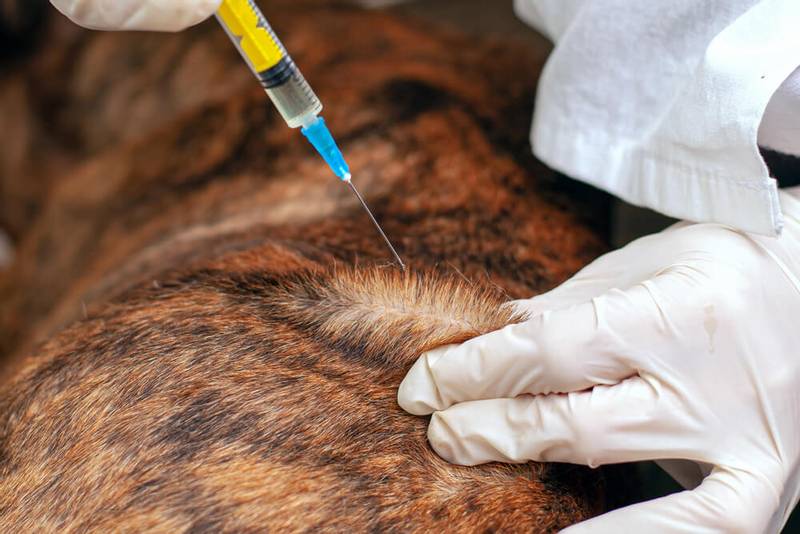
We collect the drug in a syringe
Hands must be clean. The syringe and needle are sterile.
Do not touch the sterile needle with your hands.
Do not use drugs from previously opened ampoules.
Remember that certain drugs require clear temperature storage conditions, otherwise they lose their therapeutic activity.
Some drug vials must be shaken before use.
It is important to consider
Remember! The skin at the needle entry site must be healthy!
The dog will more easily tolerate an intramuscular injection if the muscle is relaxed. If the animal is “pinched”, calm it down and massage the thigh with your fingers. Bend the paw slightly.
For some drugs, it is allowed to sterilely dial several doses at once into different syringes. But before giving an injection to a dog, it is necessary to change the needle to a sterile one.
Lyophilisate/powder preparations should be prepared immediately before injection, the remainder must be discarded. Some diluted preparations can be used during the day. The doctor will indicate these data in the recommendations.
How to inject a dog intramuscularly?
In this section, I will tell you how to properly inject a dog intramuscularly:
Wash your hands, prepare everything you need. Read your doctor’s instructions carefully.
Secure your pet. Use soft blankets or towels. Ask family members to help you.
The main question is: where to give an intramuscular injection to a dog?
For intramuscular injection, you need to take the pet’s thigh, find the most voluminous and soft place on the muscle – this is approximately the middle of the thigh.
It is necessary to take the syringe correctly immediately, so that after the injection, without moving the fingers, it is convenient to press on the piston.
To give an intramuscular injection to a dog, the needle must be inserted as far as possible from the femur, it is better to use the back of the thigh for injection. We introduce the needle at an angle of 90%, into the thickness of the muscles.
For miniature dogs (up to 2 kg), the maximum volume of medication for intramuscular injection is no more than 1 ml;
For dogs 2-10 kg, the maximum volume of the drug is 2-3 ml;
For dogs 10-30 kg – 3-4 ml;
For larger dogs, no more than 5-6 ml of the drug should be administered intramuscularly in one place. If there is such a need, the required volume of the drug is divided into several parts and injected into several different places. The larger the volume of the drug, the lower should be the rate of its administration.
After injecting your dog, massage the injection site and let your pet walk around a bit. Sometimes there may be mild lameness after the injection. This is fine.
Be sure to reward your dog after you give the shot with a treat or a new toy.
How to make an injection subcutaneously?
The most convenient place for injections is the withers (between the shoulder blades) and the area of the knee crease (on the side near the knee). But where and how to inject subcutaneous injections for a dog?
Painful preparations are best administered at the withers, as it is less sensitive. Vaccines and sera are recommended to be injected into the knee crease.
How to inject a dog subcutaneously:
Wash your hands.
Prepare everything you need.
Secure your pet.
To properly inject a dog, pull the fold of skin up, this will prevent complications such as getting into the muscles and tendons.
We introduce a needle into the base of the formed fold, moving in the direction of the body. Insert the needle 0,5-1 cm. As the needle moves through the skin, you will feel resistance. As soon as the needle “fails”, you can put pressure on the piston and inject the medicine. The drug should be administered easily.
It is important not to pierce the fold through and not inject yourself.
After the injection, massage the injection site. If a large volume was injected, then a lump is formed at the injection site. It will dissipate within a few hours.
Give your pet a treat or a new toy as a reward
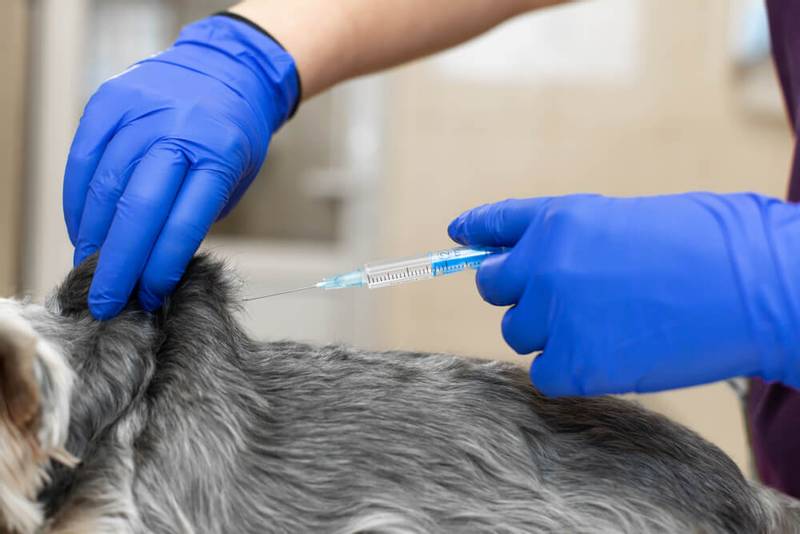
The rate of administration by subcutaneous injection does not play a role. In one place it is not recommended to inject more than 30-40 ml / kg of body weight. If it is necessary to inject a large amount of the drug, make several injections in different places. You can also use the drip system to avoid having to fill multiple syringes. If you plan to still use syringes, then a needle is inserted into one place and through it, leaving the needle in place, new syringes are connected.
Complications after an incorrect injection
Soreness, lameness after an injection
Depending on the temperament of the animal, as well as on its acting qualities, the introduction of any drug can cause a storm of negative emotions. There is no need to be afraid of this. It is most likely not connected with any hit “not there”.
There are drugs that irritate tissues that cause discomfort. The pain after the injection will pass on its own within 1 hour after the injection of the drug.
Blood after injection
Any injection is a microtrauma, no matter how correctly you inject your dog. Small amounts of blood should be disregarded. If there is a lot of blood, apply cold locally for 10 minutes to stop bleeding. If this does not help, contact your veterinarian.
Dog tucks its paw
It could be from irritating drugs. Don’t worry, it will pass. It is dangerous if the paw drags like a whip. This may indicate that the needle went deeper than the muscles, into the nerve bundle. In this case, contact your veterinarian.
Post-injection abscesses
If hygiene measures are not followed or the medication is not administered correctly, an abscess may form. This is a pathological cavity filled with pus. As a rule, the injection site is painful and hot. This complication requires immediate veterinary attention.
Postinjection sarcoma
In some cases, after the introduction of drugs, a tumor may form at the injection site. No one is immune from this, even a veterinarian with extensive experience.
Most often, this complication is associated with the introduction of biological preparations (vaccines, serums). In this case, surgical removal of the swelling is required.
Fibrosis (turtles)
“Nodules” are seals at injection sites due to a long course of drugs. Such complications are not uncommon. As a rule, nodules are moderately painful. When therapy is stopped, they resolve on their own within 1-2 months. Long-term courses can be prescribed drugs from the group of antibiotics, anti-inflammatory, diuretic and others, but not always the dog needs to inject drugs. If your pet develops bumps at the injection sites, discuss with your doctor the possibility of using the tablet form of the drug or inserting an intravenous catheter.
14 May 2021
Updated: July 24, 2021



